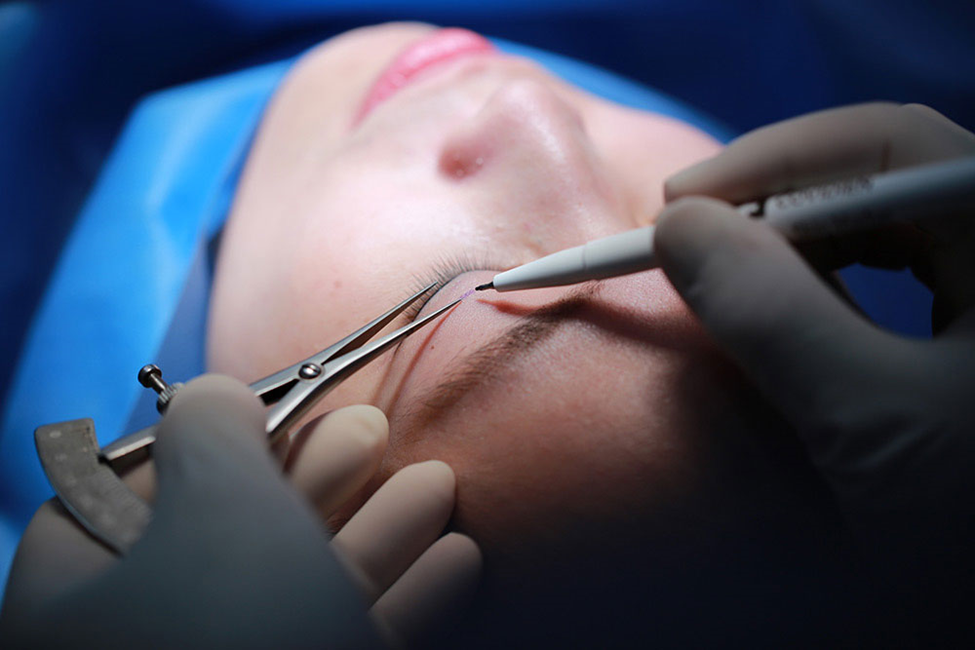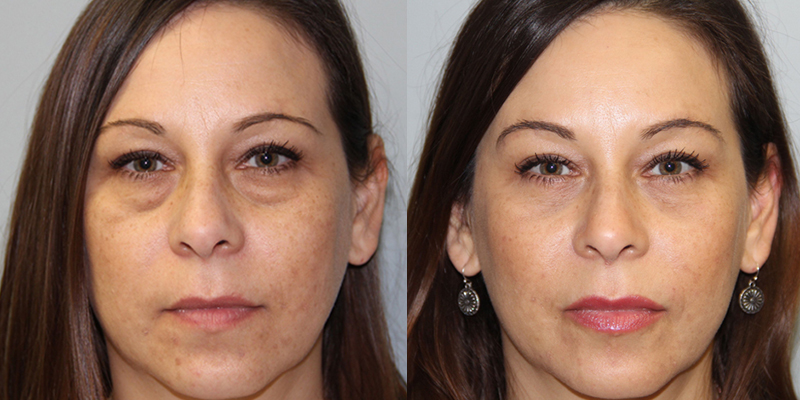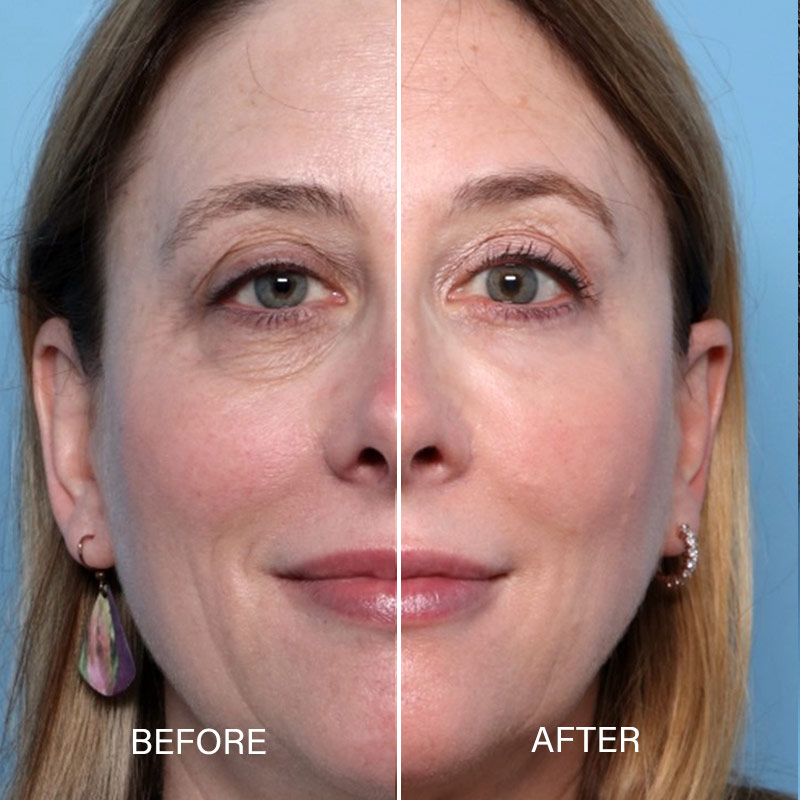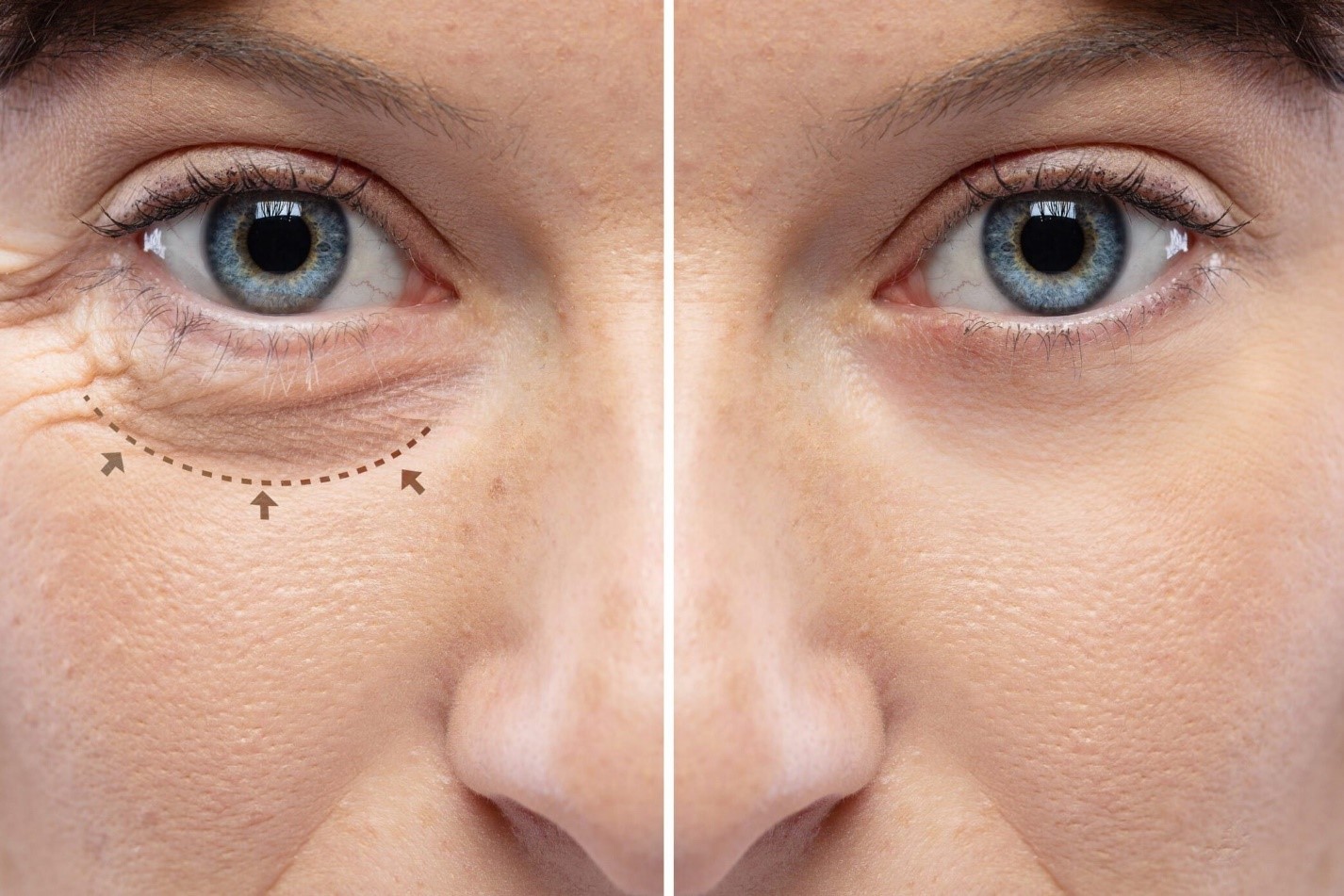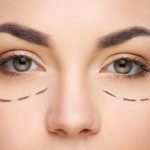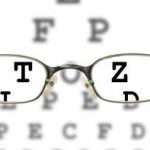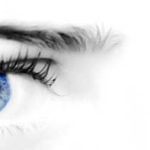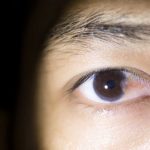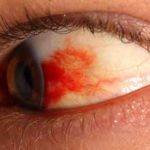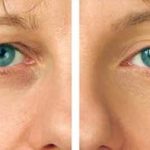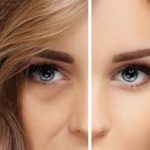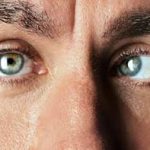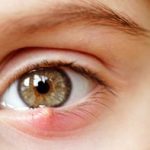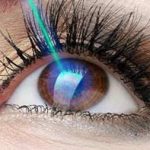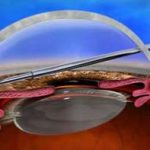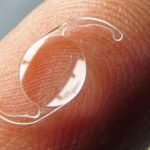EYELID SURGERY
What is blepharoplasty?
Blepharoplasty, or eyelid surgery, can improve the appearance of the area around your eyes. It’s a procedure that reduces bagginess from your lower eyelids and removes excess skin from your upper eyelids. As skin ages, it gradually loses its elasticity. A lack of elasticity, combined with the relentless pull of gravity, causes excessive skin to collect in your upper and lower eyelids. Blepharoplasty can be performed on your upper eyelids, lower eyelids or both.
Blepharoplasty often means removing excess skin, muscle and underlying fatty tissue. But sometimes providers can reposition tissues rather than removing them. While it’s primarily a cosmetic procedure, blepharoplasty can also improve the field of vision in people whose sagging upper eyelids obstruct their visual field.
Blepharoplasty with fat removal doesn’t eliminate dark circles under your eyes or remove crow’s feet or other facial wrinkles. Other surgical and nonsurgical procedures that reposition fat, fill the hollows under the eyes or lift your cheeks can improve dark circles. Providers can perform blepharoplasty at the same time as other facial surgery procedures, such as laser resurfacing or brow lifts.
When Is Eyelid Surgery Needed?
Blepharoplasty is chosen by thousands of people to improve the appearance of eyes. You can consider blepharoplasty if:
You want to treat puffiness and bags under your eyes,
You have droopy upper eyelids and can benefit from ptosis eyelid surgery
Your droop eyelids impair your vision,
You have excess skin and wrinkles in the lower eyelids and need surgery for your
Procedure in Iran:
Blepharoplasty is done under either local or general anesthesia. The surgery lasts for about 1 hour. Depending on your condition, the surgery might be carried out on upper lids, lower lids, or both. Your surgeon makes precise markings on your skin to determine where and how much excess skin needs to be removed. Tiny and delicate incisions are made in the upper (alongside the crease line) or lower eyelid (alongside the lower crease line or inside the lower eyelid). Then, the surgeon removes or relocates the excess skin or fat, tightens the muscle, and closes the incisions. In order to achieve the best results, your surgeon may suggest you undergo a brow lift or a facelift at the same time. Lid deformity
You look older or tired due to deformities of the eyelids.
Upper Eyelid Surgery
There are plenty of reasons as to why upper eyelid surgery may be needed, including:
Having a tired or unhappy appearance due to sagging eyelid
Lack of contour in the upper eyelid
Vision impairment due to droopy eyelids
Most of the time, the condition occurs as a result of aging and muscles’ weakening. But it can also be seen in young people as a hereditary issue. Nevertheless, the surgery is quite common and can easily offer the result that patient is seeking.
Upper eyelid surgery can result in a more youthful and upbeat appearance. The surgery involves making an incision in the fold of the eye and removing the excess skin, fat or muscles.
Lower Eyelid Surgery
Blepharoplasty for the lower eyelid, also known as eye bag surgery, is usually performed to counteract the effects of aging such as wrinkles, excess fat, and sagging skin. By improving the puffy or baggy appearance of the lower lid, lower eyelid surgery can result in a smoother and more youthful appearance. The surgery can also be performed in conjunction with procedures such as facelift. To ensure tighter skin, the procedure is performed by removing the excess skin and fat and then, sewing the skin back together. Share your concerns with our healthcare specialists to learn about different options of lower eyelid surgery and whether the surgery is the right choice for you.
Cat Eye Surgery
Another recently popular procedure is cat eye surgery, also known as canthoplasty. The cosmetic procedure is common among young and aged patients alike as it can provide more aesthetically pleasing eyes for both age groups. By altering the outer corner of the eyes, canthoplasty offers a lifted effect and the sought-after almond-shaped eyes. The surgery involves lifting and tightening the skin of the canthus (where the eyelids meet).
Epicanthoplasty
Epicanthoplasty or inner corner fold removal is a popular cosmetic procedure among the Asian population. It targets the inner corner of the eyes and helps improve the hooded appearance of the upper eyelids. Consequently, the patient will have larger and more alert eyes.
Eyelid Surgery Recovery and After-care
You’ll be recovered from an eye lift surgery within 10-14 days. During this period, you shall expect to see swelling and bruising. A cold compress can help the situation. You may experience pain and discomfort for a few days after the surgery. Redness and dry eyes are also normal. Surgeons might prescribe eye drops to help. For at least one week after the surgery, avoid wearing makeup or contact lenses. It will reduce the risk of infection and also helps reduce swelling. Incisions will also be healed within two weeks.
Eyelid Surgery with Laser
When the surgeon makes incisions using a laser to access the fat deposit above or under the eyes, the procedure is called ‘laser blepharoplasty’ or ‘eyelid surgery with laser’. This procedure reduces the risk of scarring. However, laser damages the tissues around the eyes which remain intact in a regular eyelid lift. Patients experience less pain and bruising with laser blepharoplasty, although the swelling increases. By the way, your surgeon shall determine whether you better go with a laser eyelid surgery or a regular one.
Why choose Iran for eyelid surgery?
There are many reasons Iran is a great destination for people seeking blepharoplasty abroad. Well-trained and experienced plastic surgeons, low prices, hospitable people, and wonderful tourist attractions are some of the factors that will offer you a pleasant experience of having eyelid surgery in Iran.
Cost in Iran
Eyelid surgery in Iran is more affordable than anywhere in the world. You would pay something between $1000 and $2,500 for an eyelid correction procedure in Iran depending on whether you want to have both upper and lower lids corrected and the doctor you choose. The same procedure, however, costs around $3,000-$5,000 or more in the US. It costs somewhere between $2,500-$6,500 in the UK.
Risks
All surgery has risks, including reaction to anesthesia and blood clots. Besides those, rare risks of eyelid surgery include:
- Infection and bleeding
- Dry, irritated eyes
- Difficulty closing the eyes or other eyelid problems
- Noticeable scarring
- Injury to eye muscles
- Skin discoloration
- Temporarily blurred vision or, rarely, loss of eyesight
- The need for follow-up surgery
Before the procedure
Blepharoplasty is usually done in an outpatient setting. You might be given drugs such as injections into the eyelids to numb them and drugs through an IV to help you relax.
During the procedure
For upper eyelids, the surgeon cuts along the fold of the eyelid. The surgeon removes some excess skin, muscle and possibly fat. Then the surgeon closes the cut.
On the lower lid, the surgeon makes a cut just below the lashes in your eye’s natural crease or inside the lower lid. The surgeon removes or redistributes excess fat, muscle and sagging skin. Then the surgeon closes the cut.
If your upper eyelid droops close to your pupil, your surgeon may do blepharoplasty combined with a procedure called ptosis (TOE-sis). Ptosis is designed to lift the eyelid as well as remove excess eyelid skin.
After the procedure
After surgery you spend time in a recovery room where staff members monitor you for complications. You can leave later that day to heal at home.
After surgery you might temporarily have:
- Blurred vision from the lubricating ointment applied to your eyes
- Watering eyes
- Light sensitivity
- Double vision
- Puffy, numb eyelids
- Swelling and bruising similar to having black eyes
- Pain or discomfort
Take the following steps to help you recover from surgery unless your surgeon gives you different instructions.
Do:
- Use ice packs on your eyes for 10 minutes every hour the night after surgery. The following day, use ice packs on your eyes 4 to 5 times throughout the day.
- Use prescribed eye drops or ointments.
- Sleep with your head raised higher than your chest for a few days.
- Apply cool compresses to reduce swelling.
- Wear dark sunglasses to protect the skin of your eyelids from sun and wind.
- If needed, use acetaminophen (Tylenol, others) to control pain.
Don’t:
- Do anything strenuous for a week — no heavy lifting, swimming, jogging or aerobics.
- Smoke.
- Rub your eyes.
- Wear contact lenses for about two weeks.
- Take aspirin, ibuprofen (Advil, Motrin IB, others), naproxen sodium (Aleve, others), naproxen (Naprosyn), and other drugs or herbal supplements that can increase bleeding.
As instructed, return to the care provider’s office to have stitches removed, if needed.
Seek medical attention immediately if you have any of the following symptoms:
- Shortness of breath
- Chest pain
- An unusual heart rate
- Severe new eye pain
- Bleeding
- Vision problems

